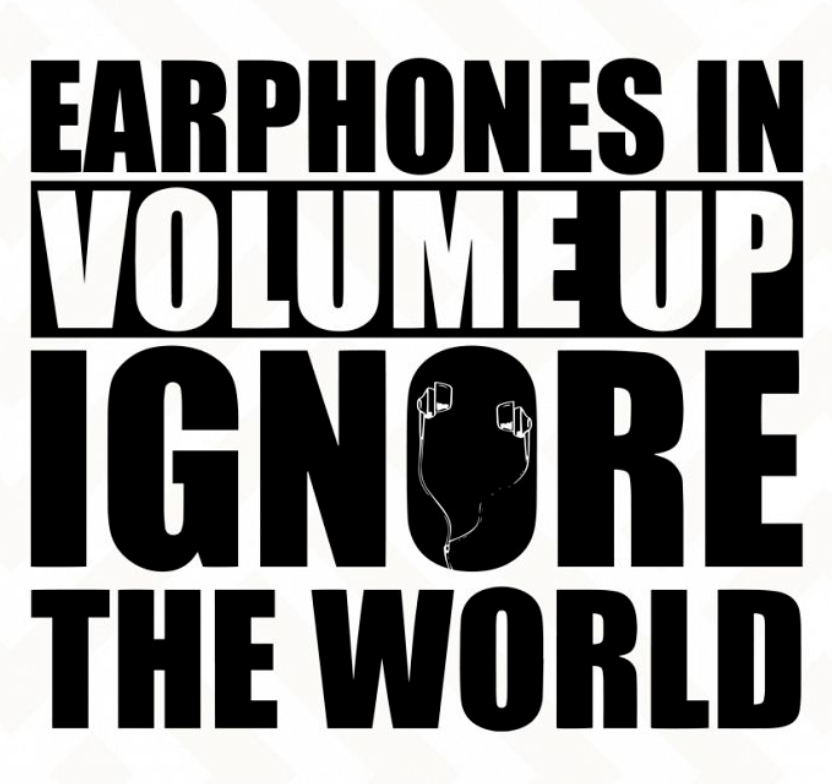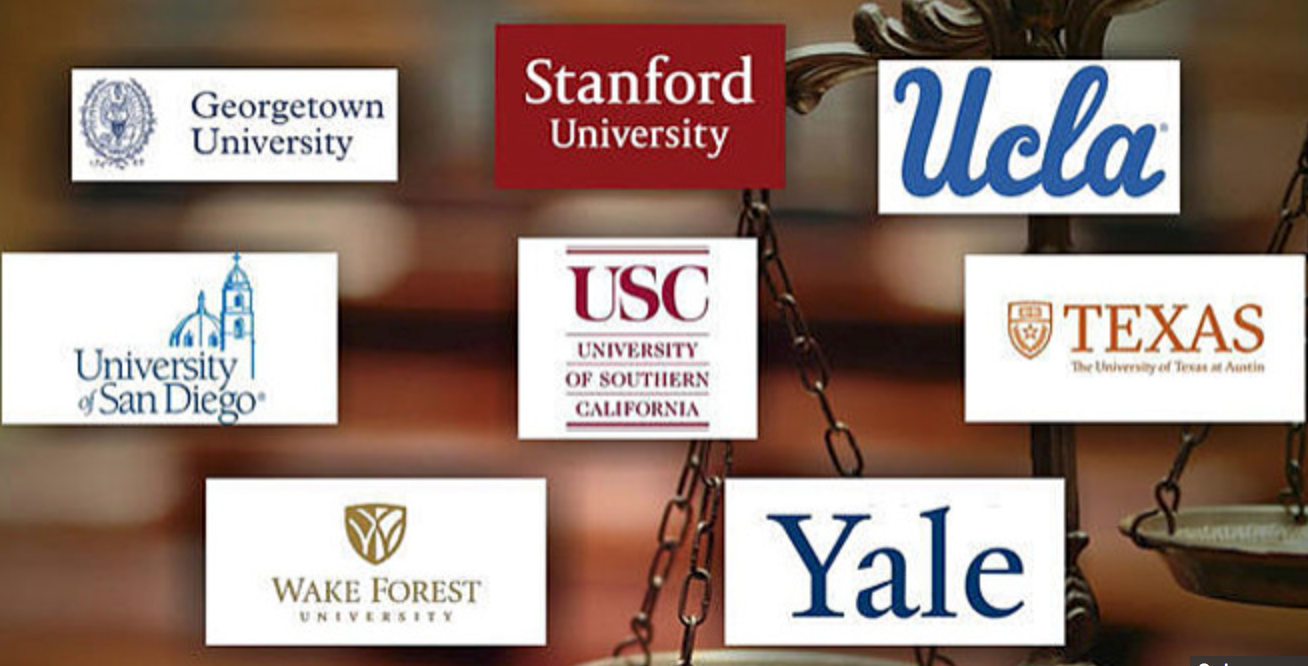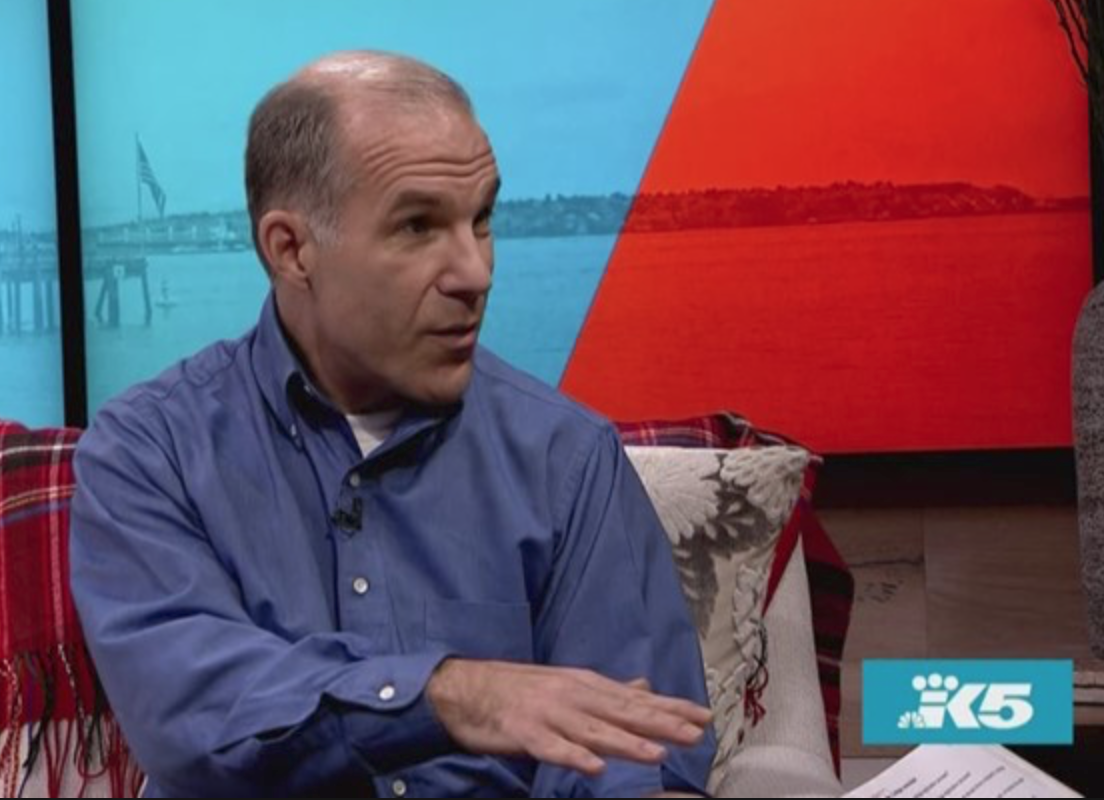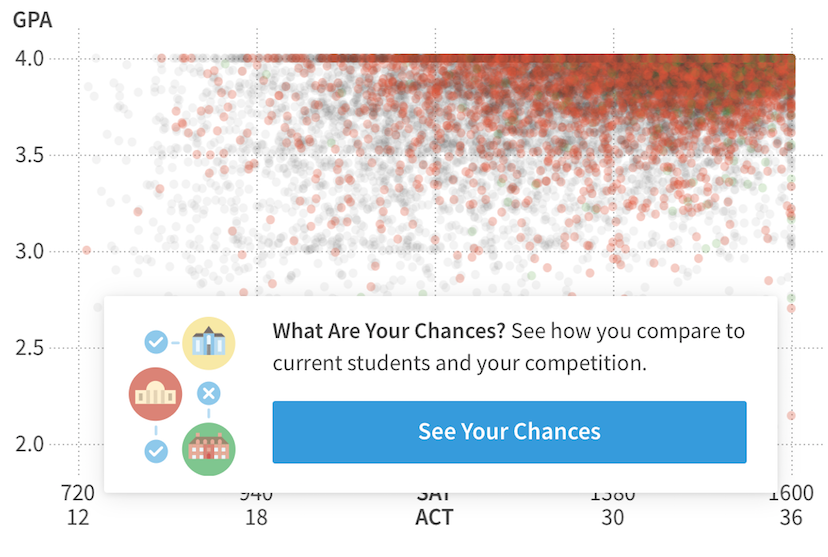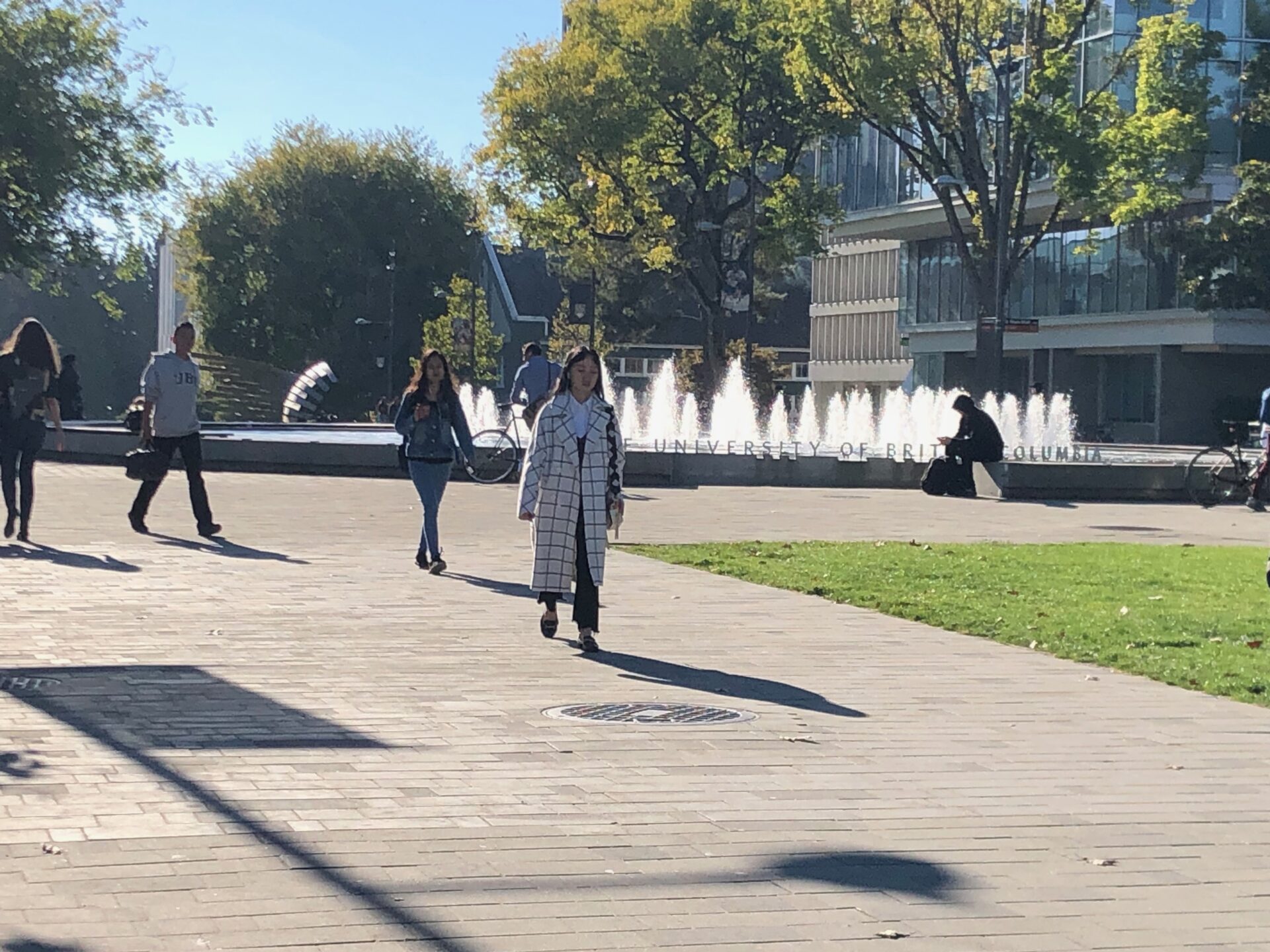Colleges are concerned. An increasing number of students provide amazing applications but arrive on campus unprepared for the challenges and stress of college life and rigorous academics. In addition, many students are also unable to make good social choices and lack many important foundational skills needed to independently navigate daily life.
On a recent tour of Georgia colleges and universities, an admissions representative told me, “We are very concerned about the number of admitted students who arrive broken. They are stressed and anxious even before classes start. We are looking for better indicators of college preparedness.” This is now a common—and pressing—quest for most colleges. Which parts of the college application can identify students who are prepared for the rigors of college and will ultimately graduate successfully? Increasingly, colleges are looking to recommendations for these indicators.
Recommendations and the personal statement essay have traditionally combined for as much as 30% – 40% of the overall application evaluation. In the last three to five years admissions representatives say these two components, especially recommendations, are being examined more closely for indicators of college preparedness, maturity, niceness, and most importantly, the ability to build close social relationship with others—an effective social support network.
How are colleges specifically using recommendations?
- Recommendations are increasingly important in providing evidence of: personality and character (maturity, responsibility, humility, courage, executive functions)
- Letters act as a platform of evidence (specific stories/examples) to support other parts of the application, especially essays and short answer questions.
- References can provide evidence for relationship building and collegiality with peers and near-peers, teachers, administrators and the rest of the community.
- Good recommendations provide examples of character that might not show up anywhere else in the application process, things such as: specificanecdotes of charisma, leadership, support of/from the community, humor, and niceness—the catchall category for practicing the social graces.
With this increased importance on recommendations, how should students select teachers to write college recommendations? First, they should identify two to four teachers—usually in core classes: math, science, language arts and history—who know themwell. Then, focus on three things: 1. the teacher should write well, 2. have written recommendations previously, and 3. can provide specific examples of your work ethic and character. In addition, I tell students that a good recommending teacher should be able to describe your sense of humor.
Freshman and sophomores should understand that learning to build rapport with teachers and other adults is an extremely important life-skill, and eventually, is an integral piece of the college application process. Admissions representatives commonly note that evidence for building meaningful relationships with adults and creating social support networks with others while in high school are valuable indicators that students can and will do the same in college. In addition, they note that good recommendations can often act as a tipping point between two equally impressive candidates. Unfortunately, an underwhelming recommendation can play this same role.
As a former high school teacher, I know that some teachers actually like to write recommendations in the summer. Students should ask teachers about recommendations early, before the end of junior year. If possible, provide each teacher with a “Brag Sheet” that outlines: “Why I want to go to college,” a list of target colleges and why each is specifically favored, what they hope to learn over the next four years, and specific examples of their high school experience they are proud of and highlight their growth. Even if teachers don’t write recommendations over the summer, they can read a student’s Brag Sheet and be thinking about what they will write, but more importantly they will and appreciate a student’s responsibility and thoughtful respect to ask with plenty of time to write a good recommendation. A rushed recommendation isn’t good for anyone.
While recommendations are an important part of a student’s college application campaign, they are also needed for academic and financial aid scholarships, specific programs, and even for internships in college. Building a strong relationship with those who write recommendation letters for college may also be one of the most valuable—and long-term—actions associated with completing your college application. Schools are quickly discerning that it isn’t just the information in the recommendation that is most valuable for their evaluation, it is the relationship-building skills, maturity, thoughtfulness and reflection that are developed to generate the recommendation that indicate college readiness… and niceness.


